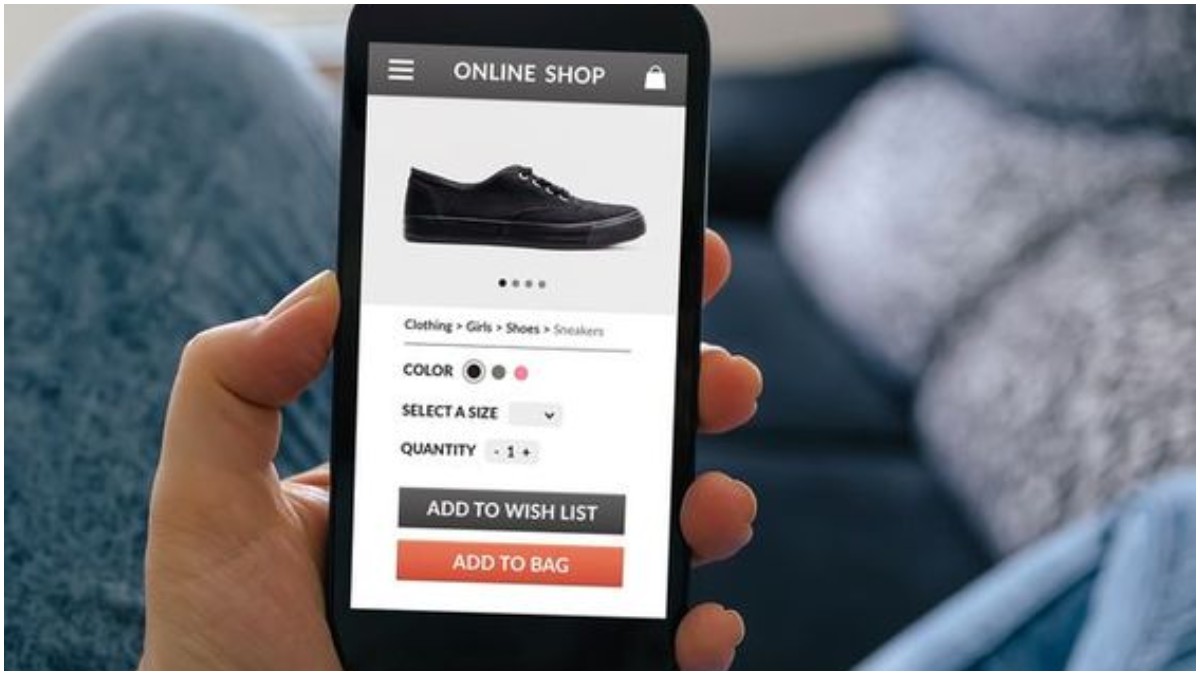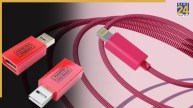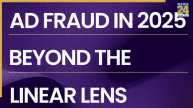Mobile applications have become the norm in our lives that are digital, offering us loads of services at our fingertips. However, new research has exposed a dark trend in user experience through subtle and deceitful tactics in its design. These are normally in the best interest of apps designers or advertisers for having made choices that under normal circumstances, they would most likely not take.
A dark pattern, also called a ‘deceptive design pattern,’ is a user interface designed to trick users into actions like purchasing overpriced insurance or signing up for recurring bills. User experience designer Harry Brignull coined this term on July 28, 2010, when he registered darkpatterns.org, a library aimed at identifying and exposing deceptive user interfaces. In 2023, he published the book ‘Deceptive Patterns’. In 2021, the Electronic Frontier Foundation and Consumer Reports established a tip line to gather public reports about dark patterns.
Deceptive Design Tactics
Dark patterns refer to those design schemes that lie to users, tricking them into performing certain actions that they otherwise had no intention of following through with. Examples of dark patterns include the placement of misleading buttons, bad navigation, or some kind of obscured pricing scheme. For example, an application may present a button with vague or misleading text that will get a user to agree to sign up for some subscription service, or the application may task out cancellations of service so deep that it becomes really hard for users to cancel.
A study done by the Advertising Standards Council of India and Parallel HQ found that such deceptive means were employed in 52 of the 53 apps surveyed. As high as it is in this generality, it shall also point to the fact that the issue might as well be universal across the industry and raise concern over issues of user exploitation and ethical standards.
Also Read: iPhone And Other Apple Products At Risk: Government Agency Issues Urgent Warning
One is forced continuity, in which users are lured to sign up for a free trial that converts into a paid subscription if not canceled in time. The other is the ‘sneak into the basket,’ whereby additional items are brought into a user’s shopping basket without immediate disclosure to the user.
Such practices are in themselves debt traps, further fleecing the users due to ignorance of manipulative tricks. That is how such findings from the study further underline the need for more transparency and, further, more regulatory measures in place to save consumption from such deceitful designs.
User Awareness and Action
Fake Urgency is a tactic creates a sense of artificial pressure by exaggerating time constraints or stock levels to push users into making hasty decisions. Examples include messages like “Only a few seats left” or ‘Sale ends in 30 minutes.’
Persistent pop-ups and notifications that pressure consumers into taking action, making it challenging to complete their tasks.
This finally pays off to us users by being made aware of these dark patterns for the ability to work with app interfaces critically and hence be in a position to make appropriate informed decisions. For that reason, it is very critical for both the individual and the developer to take a step towards championing better and more ethical guidelines for the sake of an interface that has the user exercise autonomy while it remains honest.













